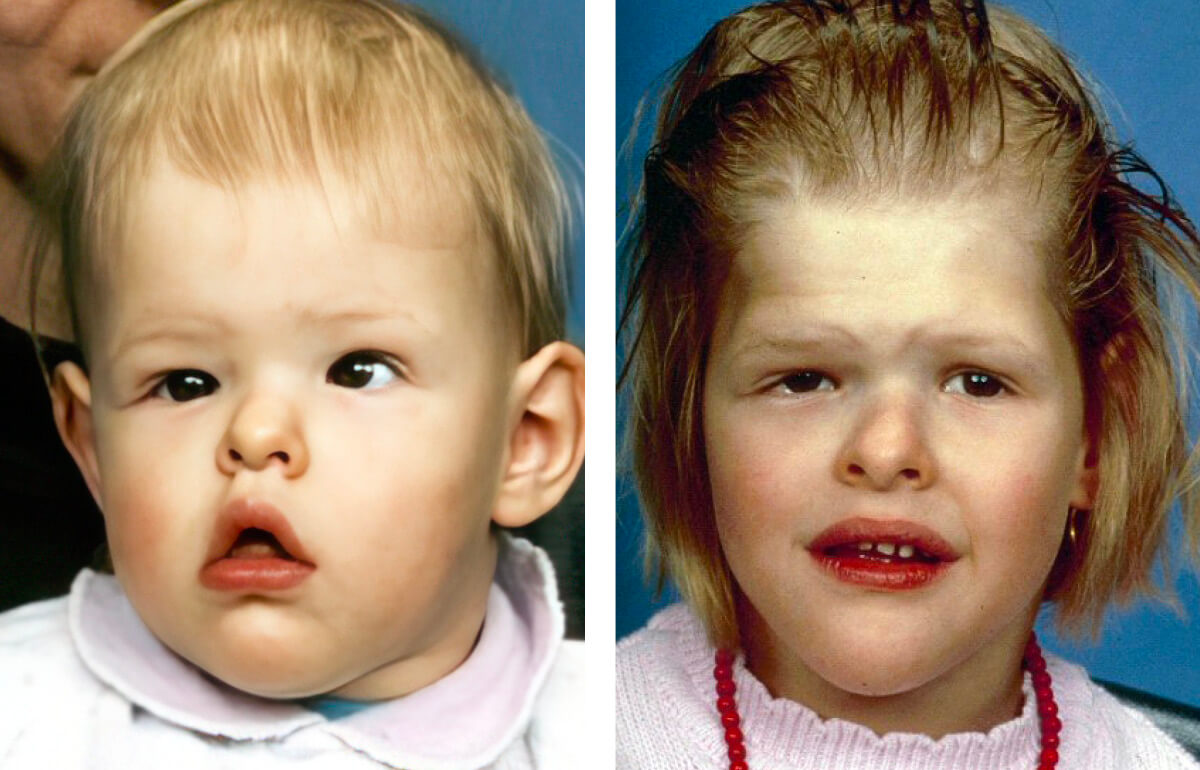
Craniofacial and osseous defects mental retardation is a rare genetic disorder that affects the development of the skull, bones, and brain. This condition can lead to various physical and intellectual challenges. Symptoms often include abnormal head shape, facial asymmetry, and delayed growth. Intellectual disabilities vary widely, with some individuals experiencing mild delays while others face more severe challenges. Early diagnosis and intervention are crucial for managing symptoms and improving quality of life. Genetic counseling can help families understand the risks and implications of this disorder. Supportive therapies like physical, occupational, and speech therapy play a significant role in helping affected individuals reach their full potential.
Key Takeaways:
- Craniofacial and osseous defects can impact appearance and functionality, often present at birth due to genetic mutations or environmental factors during pregnancy. Early intervention and support are crucial for improved outcomes.
- Genetic and environmental factors contribute to craniofacial and osseous defects. Understanding these influences can aid in prevention and treatment. Research and advancements in medical technology offer hope for better diagnosis and treatment options.
Understanding Craniofacial and Osseous Defects
Craniofacial and osseous defects are conditions affecting the bones of the skull and face. These conditions can lead to various physical and developmental challenges. Here are some intriguing facts about these conditions.
- Craniofacial defects can be congenital, meaning they are present at birth.
- These defects often result from genetic mutations or environmental factors during pregnancy.
- Common craniofacial defects include cleft lip, cleft palate, and craniosynostosis.
- Osseous defects refer to abnormalities in bone development and structure.
- Osteogenesis imperfecta is a well-known osseous defect, causing brittle bones.
- Both craniofacial and osseous defects can impact a person's appearance and functionality.
Mental Retardation and Its Connection
Mental retardation, now more commonly referred to as intellectual disability, can sometimes be associated with craniofacial and osseous defects. This connection is due to the complex interplay between genetics and brain development.
- Intellectual disability affects cognitive functioning and adaptive behaviors.
- Conditions like Down syndrome often present with both intellectual disability and craniofacial abnormalities.
- Early intervention and support can significantly improve outcomes for individuals with these conditions.
- Genetic counseling can help families understand the risks and implications of these defects.
- Research is ongoing to better understand the genetic links between craniofacial defects and intellectual disabilities.
Genetic and Environmental Factors
The causes of craniofacial and osseous defects are multifaceted, involving both genetic and environmental influences. Understanding these factors can help in prevention and treatment.
- Mutations in specific genes can lead to craniofacial and osseous defects.
- Environmental factors like maternal smoking and alcohol use during pregnancy increase the risk.
- Folic acid supplementation during pregnancy can reduce the risk of certain craniofacial defects.
- Exposure to certain medications and chemicals can also contribute to these conditions.
- Family history plays a significant role in the likelihood of inheriting these defects.
Diagnosis and Treatment
Early diagnosis and appropriate treatment are crucial for managing craniofacial and osseous defects. Advances in medical technology have improved the prognosis for many affected individuals.
- Prenatal ultrasounds can detect some craniofacial defects before birth.
- Genetic testing can identify mutations associated with these conditions.
- Surgical interventions are often necessary to correct craniofacial abnormalities.
- Bone grafting and other orthopedic procedures can address osseous defects.
- Multidisciplinary care teams, including surgeons, geneticists, and therapists, provide comprehensive treatment.
Living with Craniofacial and Osseous Defects
Individuals with craniofacial and osseous defects face unique challenges but can lead fulfilling lives with the right support and resources.
- Social support and advocacy groups play a vital role in providing emotional and practical assistance.
- Educational accommodations can help children with intellectual disabilities succeed in school.
- Advances in prosthetics and assistive devices improve functionality and quality of life.
- Public awareness and acceptance are crucial for reducing stigma and promoting inclusion.
- Ongoing research aims to develop better treatments and potential cures for these conditions.
Future Directions in Research
The field of craniofacial and osseous defects is continually evolving, with new discoveries and innovations on the horizon. Researchers are dedicated to finding more effective ways to prevent, diagnose, and treat these conditions.
- Stem cell research holds promise for regenerating damaged bone and tissue.
- Gene therapy is being explored as a potential treatment for genetic mutations causing these defects.
- Advances in 3D printing technology are revolutionizing surgical planning and prosthetic development.
- Collaborative efforts between scientists, clinicians, and patient advocacy groups are driving progress in this field.
Final Thoughts on Craniofacial and Osseous Defects
Understanding craniofacial and osseous defects alongside mental retardation is crucial for providing better care and support. These conditions impact many lives, and awareness can lead to more effective treatments and improved quality of life. By recognizing the signs early, families and healthcare providers can work together to create tailored care plans.
Research continues to uncover new insights, offering hope for future advancements. Staying informed about these developments can make a significant difference. Remember, every bit of knowledge helps in making informed decisions and advocating for those affected.
Keep learning, stay curious, and support ongoing research. Your awareness and understanding can contribute to a brighter future for individuals facing these challenges.
Frequently Asked Questions
Was this page helpful?
Our commitment to delivering trustworthy and engaging content is at the heart of what we do. Each fact on our site is contributed by real users like you, bringing a wealth of diverse insights and information. To ensure the highest standards of accuracy and reliability, our dedicated editors meticulously review each submission. This process guarantees that the facts we share are not only fascinating but also credible. Trust in our commitment to quality and authenticity as you explore and learn with us.
